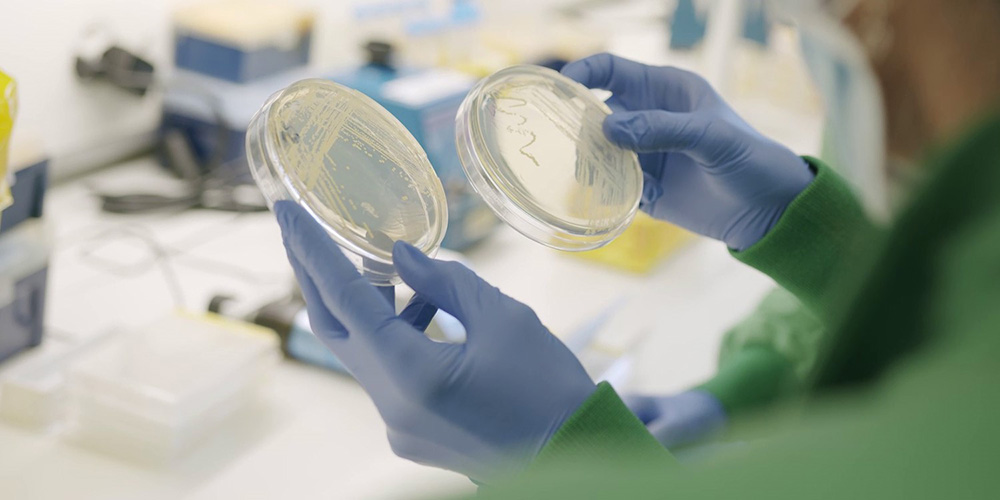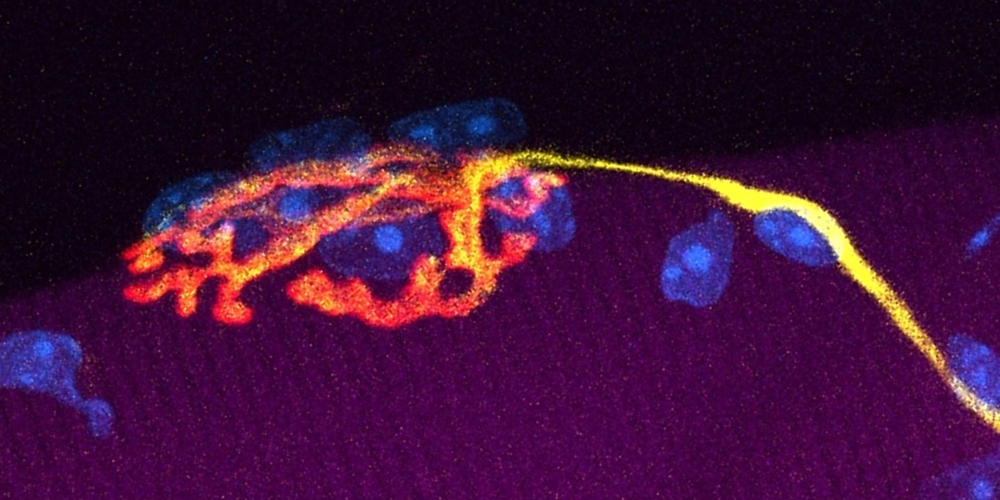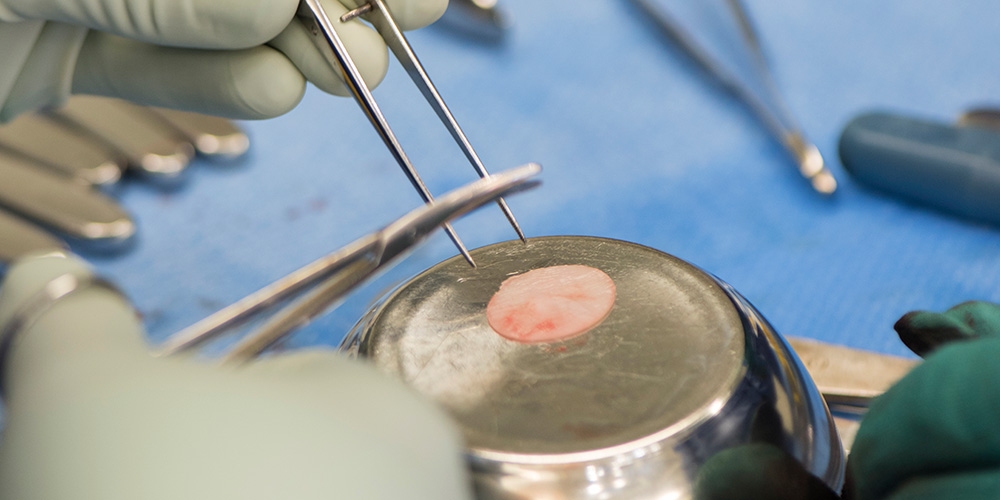Protected while sleeping: How pathogens survive antibiotic treatment
Drug tolerant bacteria pose a major challenge, because they can survive antibiotic therapies and cause recurrent infections. Researchers at the University of Basel have discovered how a dangerous human pathogen causing pneumonia uses a kind of molecular “sleeping pill” to enter a dormant state and by that persist antibiotic treatment. The findings suggest that this survival strategy may play an important role during chronic infections.
22 October 2024 | Katrin Bühler
In recent years, the growing threat of antimicrobial resistance has become widely recognized. However, much less is known about drug-tolerant pathogens, which also complicate the treatment of bacterial infections. These bacteria, called persisters, are not resistant to antibiotics but enter a sleep-like state that protects them from being killed. Persistent pathogens are often responsible for recurring and chronic infections after antibiotic treatments.
"Most antibiotics target actively growing bacteria," explains Urs Jenal, Professor at the Biozentrum, University of Basel. "Since persisters are not growing, they don’t respond to antibiotics." In the current study, Jenal’s team investigated a toxin-antitoxin system in Pseudomonas aeruginosa — a difficult-to-treat pathogen— which drives the formation of persisters. Together with structural biologists led by Professor Sebastian Hiller, the team gained new insights into how this system works. The results have recently been
Survival advantage of sleeping bacteria
Normally, only a small fraction of bacteria survives antibiotic treatment – roughly one in a million. "In bacteria isolated from patients with chronic pneumonia, we have discovered gene mutations in a specific toxin-antitoxin system," says Jenal. "These mutations lead to a significant increase in the number of persisters."
Many bacteria produce self-directed toxins. Under normal conditions, these toxins are neutralized by antitoxins, allowing the bacteria to grow. However, when exposed to stress, antitoxins can be degraded, thus releasing the toxins and causing bacteria to enter a dormant state. “The mutations we identified activate the toxin in individual bacteria,” says Jenal. “Surprisingly, the toxin only acts like a sleeping pill under nutrient-limited conditions and only a fraction of the pathogens activates the toxin and enters dormancy. How this happens is not clear yet, but it may be driven by random processes.”
Sleeping pill effect of the toxin
The sleeping pill effect of the toxin comes from its ability to degrade two key metabolites, NAD and NADP, which in turn impairs the bacterial energy supply and thus reduces their metabolic activity. “Under favorable conditions, bacteria simply resynthesize these molecules, but when nutrients are limited, the NAD and NADP supplies run out, causing bacteria to enter dormancy,” explains Jenal. “We think that nutrient exhaustion may also occur during infections, providing pathogens with survival advantage during antibiotic treatment if they produce an activated toxin.”
Implications for infections in patients
Persisters are found more frequently in patients with chronic lung infections who are regularly treated with antibiotics. “We believe that mutations in the toxin-antitoxin system lead to more pathogens surviving antibiotic treatment in patients,” adds Jenal. “Interestingly, we have been able to block toxin activation by a NAD precursor. This may open ways to prevent the formation of persisters and to optimize antibiotic clearance.”
This research work, which is part of the National Center of Competence in Research (NCCR) "AntiResist", reveals a new aspect of the survival strategy of P. aeruginosa. Using human lung models, the team now wants to investigate the role of the toxin-antitoxin system during infections of human tissues and why the toxin is not activated in all bacteria. By targeting the NAD metabolism, the researchers hope to prevent the formation of persisters and improve the treatment of chronic infections.
Original publication
Isabella Santi, Raphael Dias Teixeira, Pablo Manfredi, Hector Hernandez Gonzalez, Daniel C. Spiess, Guillaume Mas, Alexander Klotz, Andreas Kaczmarczyk, Nicola Zamboni, Sebastian Hiller, and Urs Jenal.
Toxin-mediated depletion of NAD and NADP drives persister formation in a human pathogen.
EMBO Journal (2024), doi: 10.1038/s44318-024-00248-5



